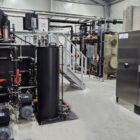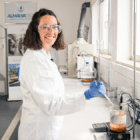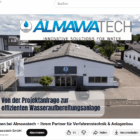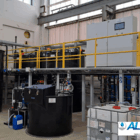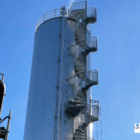Oxygen saturation describes the maximum concentration of molecular oxygen (O₂) that can dissolve in water under defined conditions (temperature, pressure, salt content). It is expressed as a saturation concentration in milligrams per liter (mg/L) or as a percentage saturation (% saturation). The term is often used to assess the efficiency of oxygen transfer in water and wastewater treatment processes and is an important indicator of water quality.
Table of contents
Significance of oxygen saturation
Biological processes:
- In water and wastewater treatment, oxygen is essential for the aerobic aerobic biological processesespecially in the activated sludge process. Microorganisms use oxygen to oxidize and break down organic substances.
Ecological relevance:
- Oxygen saturation directly affects the living conditions of aquatic organisms such as fish and invertebrates. Low oxygen saturation can lead to oxygen deficiency (hypoxia), while oversaturation can be harmful to organisms.
Efficiency assessment of ventilation systems:
- Oxygen saturation is a key parameter for assessing the performance of aeration systems in wastewater treatment plants or industrial water treatment processes.
Corrosion behavior in water circuits:
- Oxygen content and saturation influence the corrosion potential in cooling water systems, pipelines and boiler systems.
Technical background to oxygen saturation
1. solubility of oxygen
The amount of oxygen that can be dissolved in water depends on the following physico-chemical factors:
Temperature:
- Oxygen solubility decreases with increasing temperature. Cold water can absorb more oxygen than warm water.
- Example: At 10 °C the saturation concentration is about 11.3 mg/L, at 30 °C only about 7.5 mg/L (at normal pressure and pure water).
Print:
- A higher ambient pressure increases oxygen solubility. This explains the use of pressurized aeration systems in certain processes.
- Example: In pressurized water reactors, oxygen transfer is optimized by increasing the pressure.
Salt content:
- As the salt content (salinity) increases, the oxygen solubility decreases. Seawater has a lower oxygen saturation than fresh water.
2. relative oxygen saturation
The relative oxygen saturation indicates how close the current oxygen content is to the maximum saturation concentration.
- Values below 100 % indicate under-aeration or biological oxygen consumption.
- Values above 100 % indicate supersaturation, which can be caused by intensive aeration or photosynthesis.
Measurement of oxygen saturation
Oxygen saturation is determined using modern measurement technology. Common methods include:
Electrochemical sensors (Clark electrode):
- Measure the oxygen concentration by electrochemical reaction on a membrane.
- Advantages: Precise and widely used.
- Disadvantages: Regular calibration required.
Optical oxygen sensors:
- Use fluorescence-based technologies in which the attenuation of the signal by oxygen is measured.
- Advantages: Low maintenance and robust.
- Disadvantages: Higher acquisition costs.
Winkler titration (laboratory method):
- Classic method in which oxygen is chemically bound and quantified by titration.
- Advantages: High accuracy.
- Disadvantages: Time-consuming, not suitable for real-time measurement.
Applications of oxygen saturation in practice
1. wastewater treatment
- Aerobic microorganisms require oxygen for the decomposition of organic substances. Oxygen saturation is controlled by aeration systems such as diffusers or surface aerators.
- Optimum range: 2-3 mg/L dissolved oxygen in the aeration tank.
- Nitrification:
- The breakdown of ammonium (NH₄⁺) to nitrate (NO₃-) requires higher oxygen levels (4-6 mg/L), as nitrifying bacteria react more sensitively to a lack of oxygen.
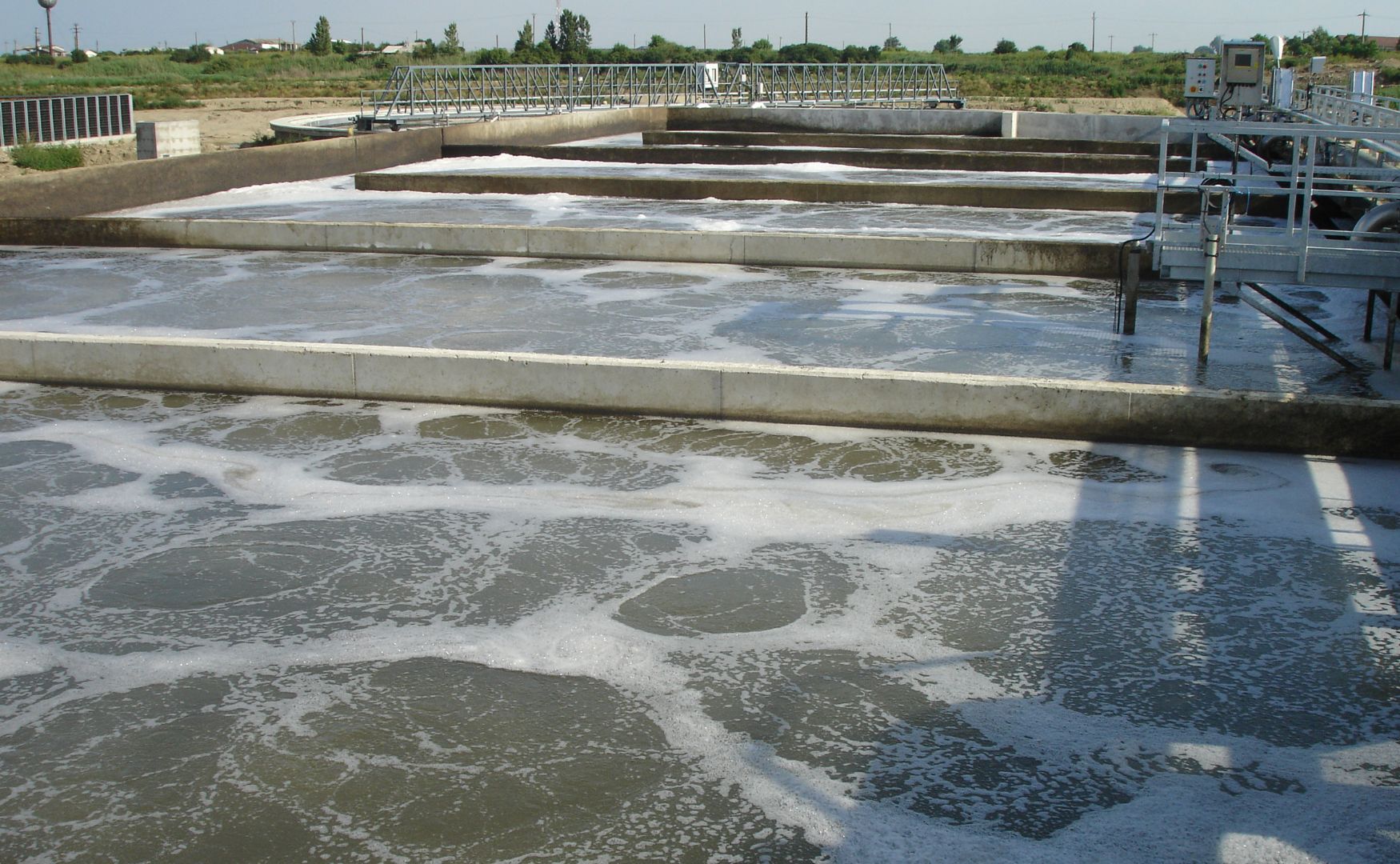
Photo: Aeration tank from our ALMA BHU BIO
Anaerobic wastewater treatment:
- Oxygen saturation is avoided here, as anaerobic microorganisms are only active in the absence of oxygen (e.g. in digestion towers).
2. cooling water circuits
Corrosion control:
- In cooling water systems, the oxygen content influences the corrosion rate. A high oxygen saturation favors corrosive processes, especially if inhibitors are used inadequately.
Gas bubble formation:
- Oversaturation can lead to the formation of oxygen bubbles, which reduce the efficiency of heat exchangers and cause cavitation in pumps.
3. water treatment
Drinking water treatment:
- Oxygen saturation plays a role in the oxidation of iron (Fe²⁺) and manganese (Mn²⁺) in order to remove these substances from the water.
- Target values: Saturation of 80-100 % to support chemical reactions.
Ultrapure water treatment:
- Oxygen is often removed to prevent corrosion in high-purity systems (e.g. in the semiconductor industry).
4. environmental monitoring
- Oxygen saturation is used to monitor water quality in rivers, lakes and oceans.
- Hypoxie: Sauerstoffsättigung < 30 % weist auf kritische Bedingungen hin.
- Eutrophication: Supersaturation through photosynthesis shows increased nutrient loads.
Optimization of oxygen saturation
Ventilation systems:
- Selection of efficient aerators (e.g. membrane diffusers, surface aerators) to maximize oxygen transfer.
- Adaptation of the air supply to the process requirements in order to save energy.
Avoidance of oversaturation:
- In cooling water systems and closed circuits, supersaturation should be prevented by pressure regulation or degassing.
Process monitoring:
- Real-time measurement of oxygen saturation with automated control systems to optimize oxygen input and minimize energy consumption.
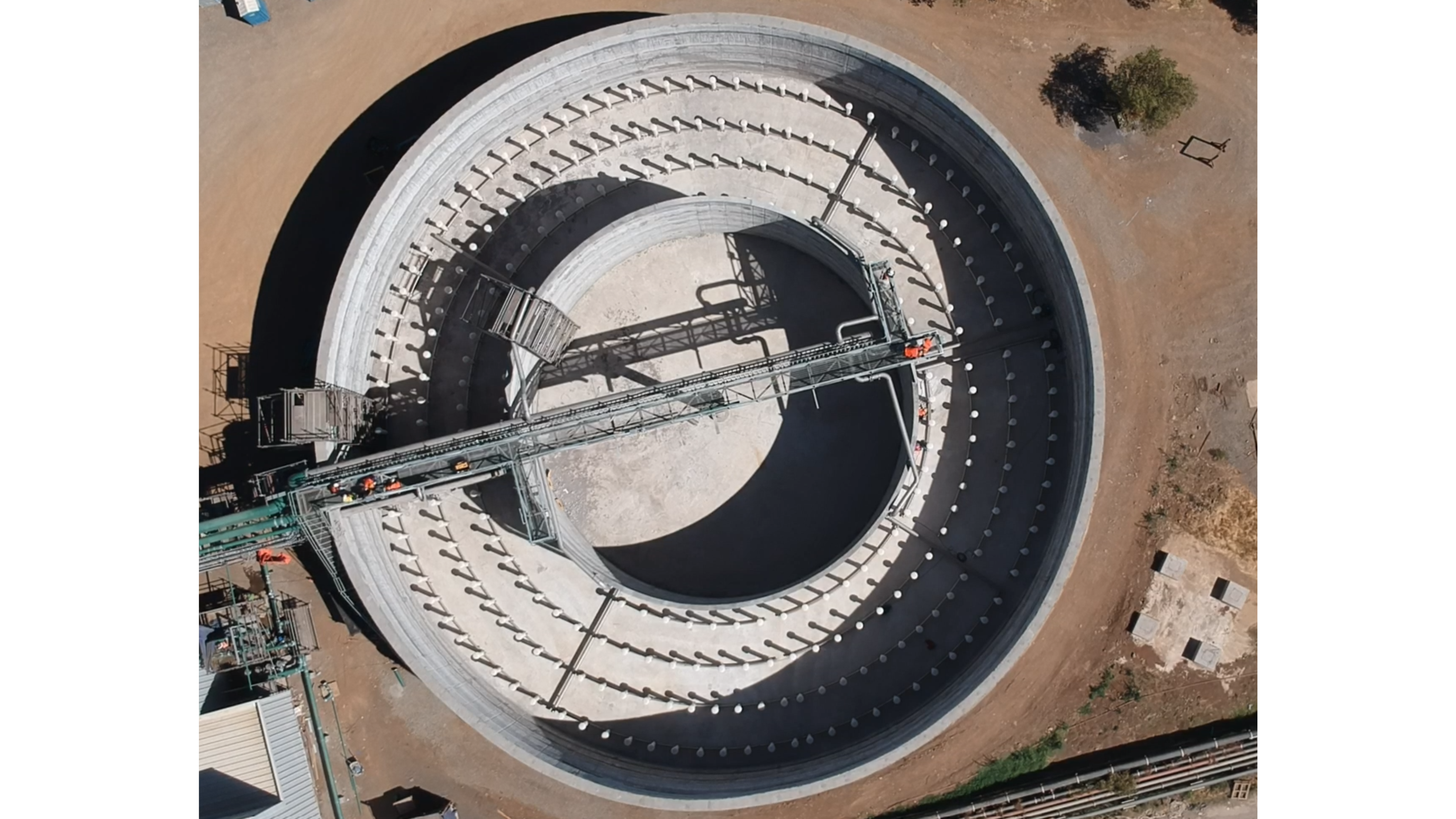
Photo: The aeration system of an aeration tank (process: ALMA BHU BIO)
Conclusion
Oxygen saturation is a key parameter in water and wastewater technology that significantly influences the efficiency of biological processes, water quality and the operation of technical systems. Targeted control of oxygen saturation can optimize biological degradation processes, minimize corrosion risks and comply with ecological standards. Modern measurement technologies and efficient aeration systems are crucial for precisely monitoring oxygen saturation and adapting it to the specific requirements of the respective application.
For further information on our products, please feel free to contact us at any time!


